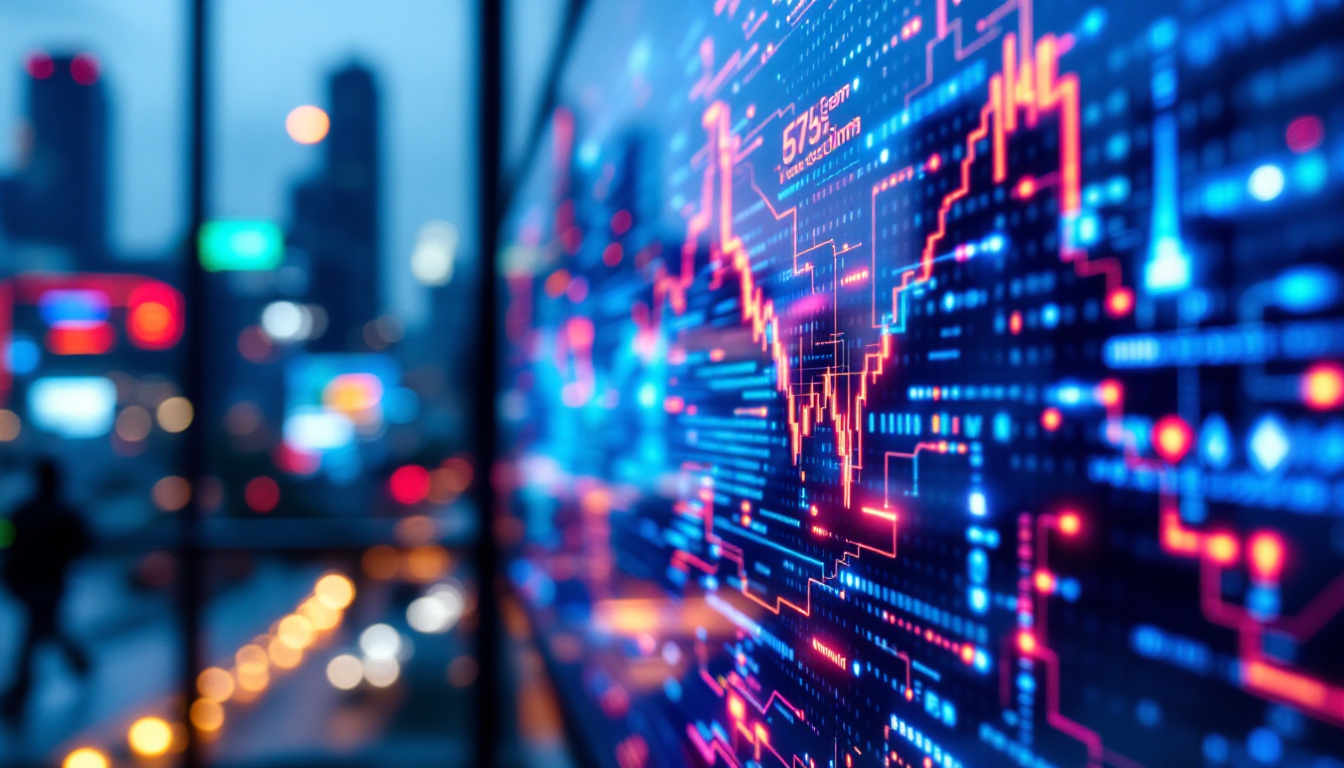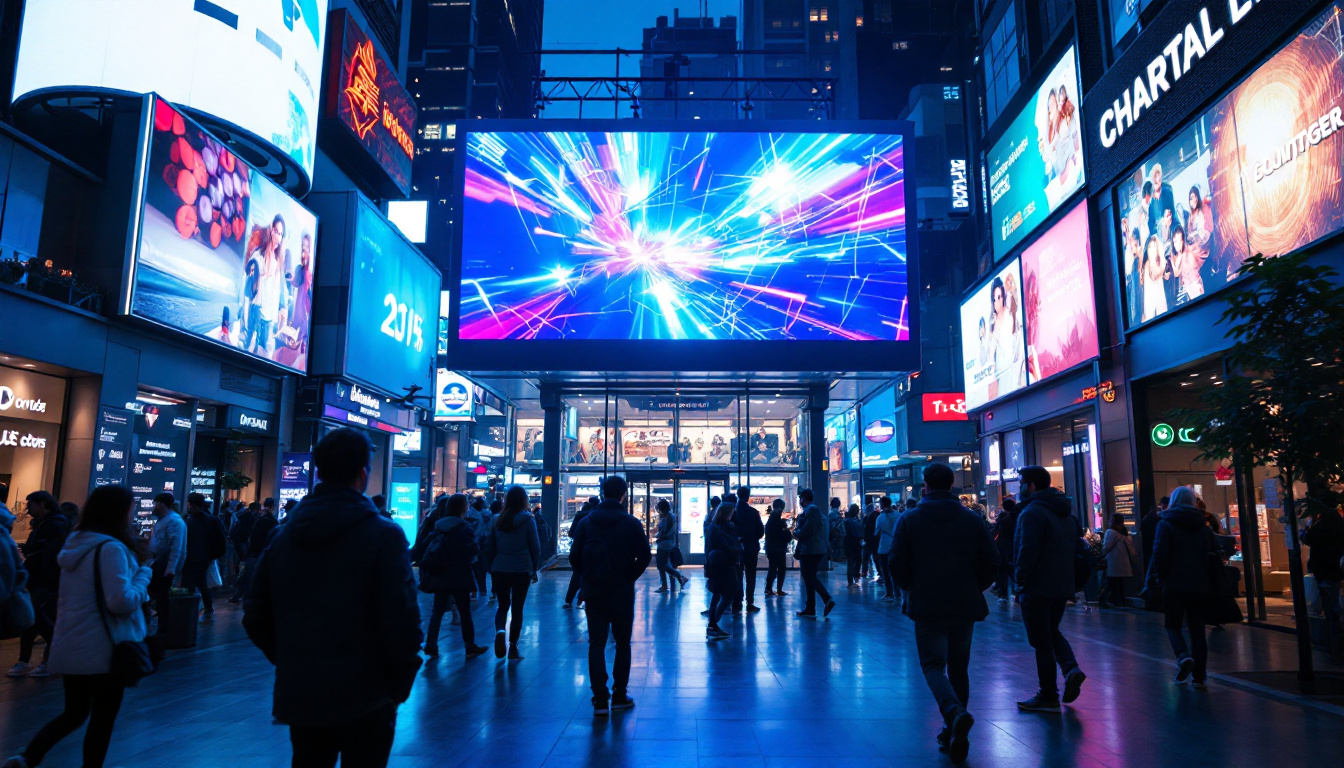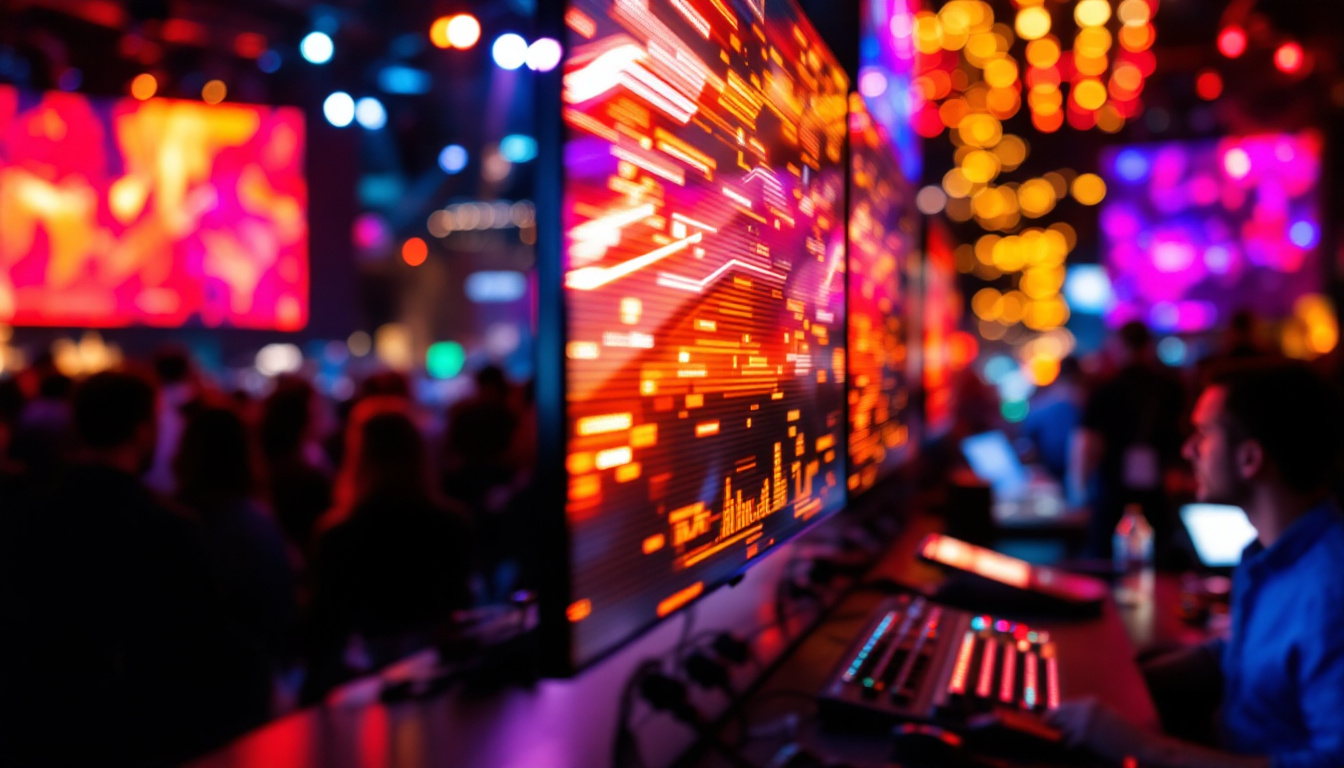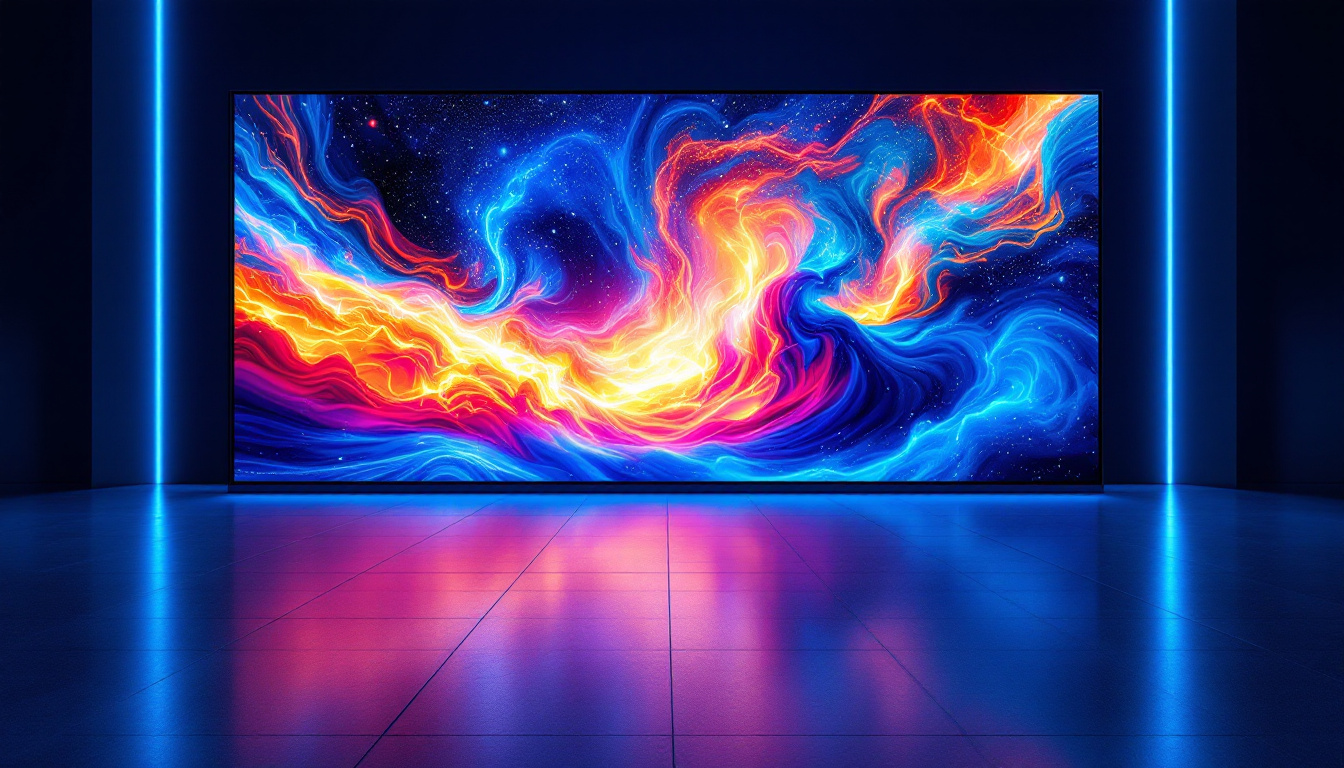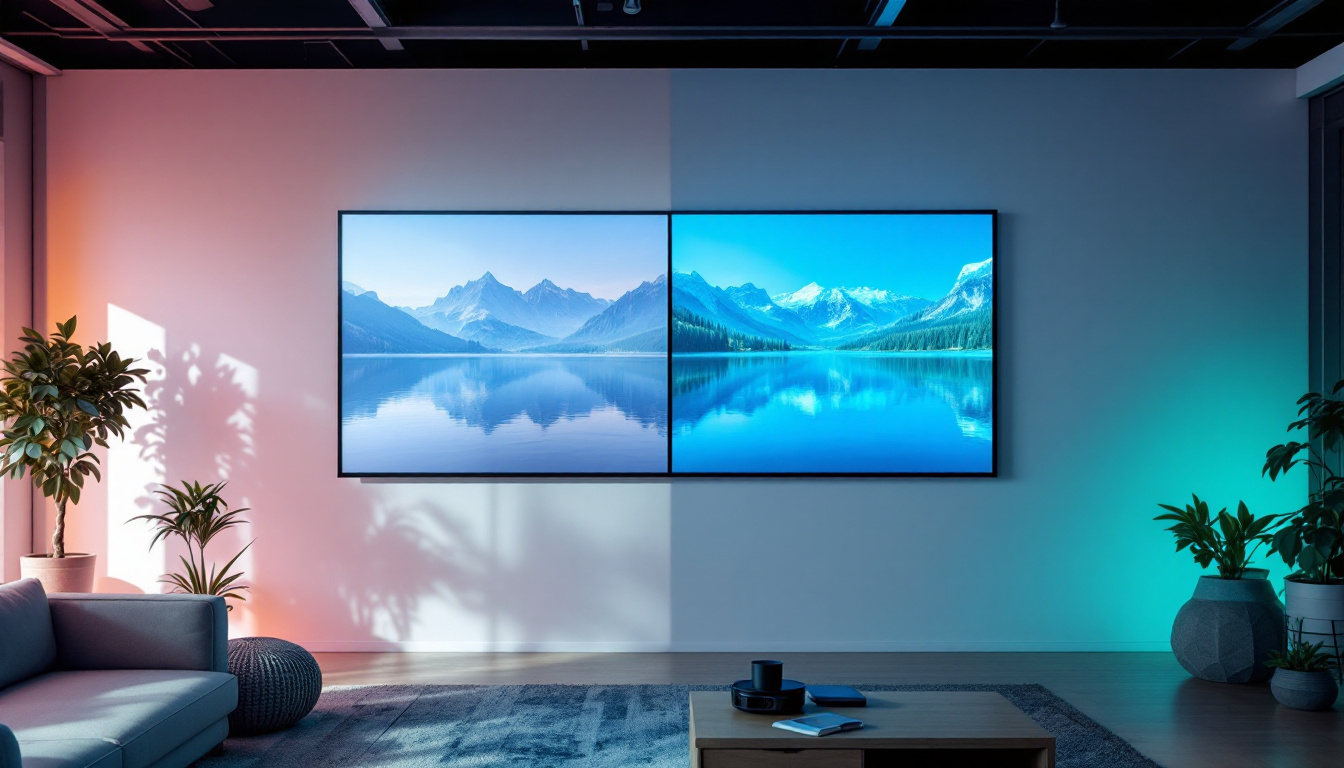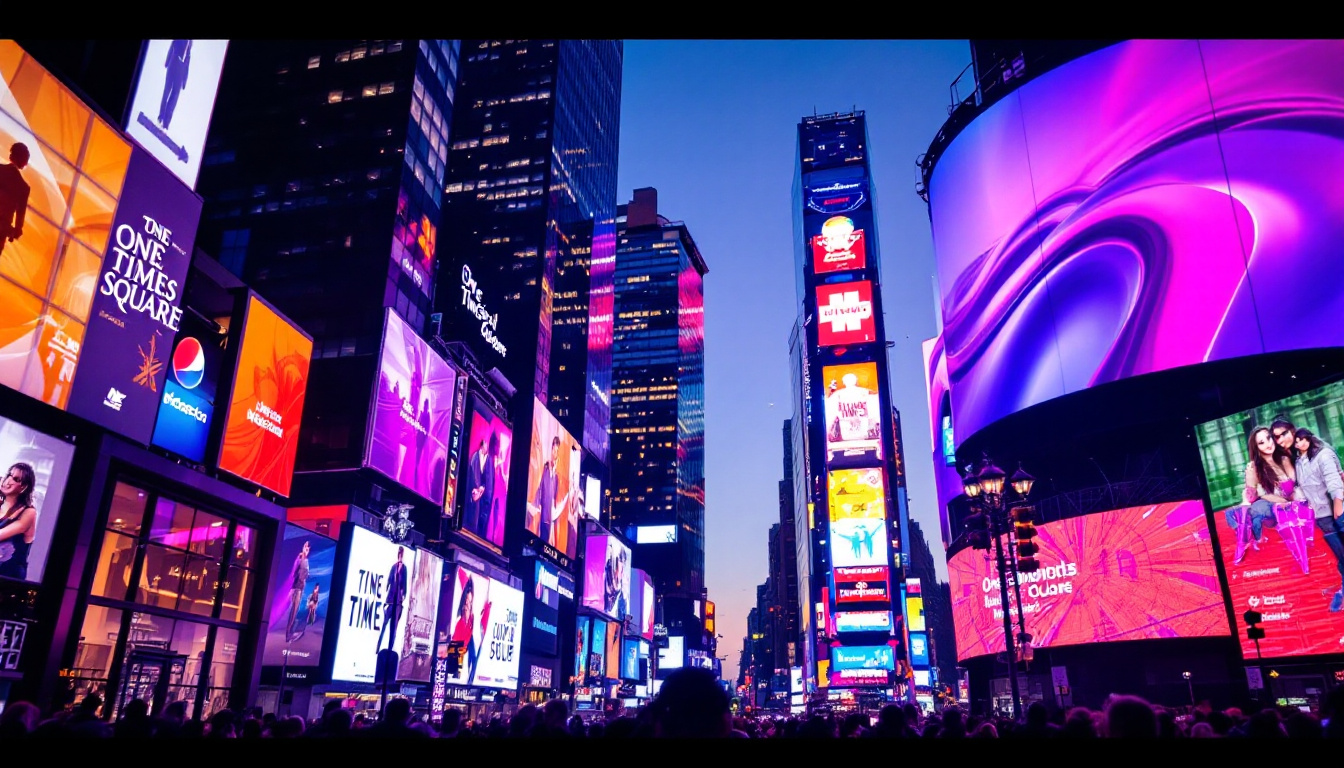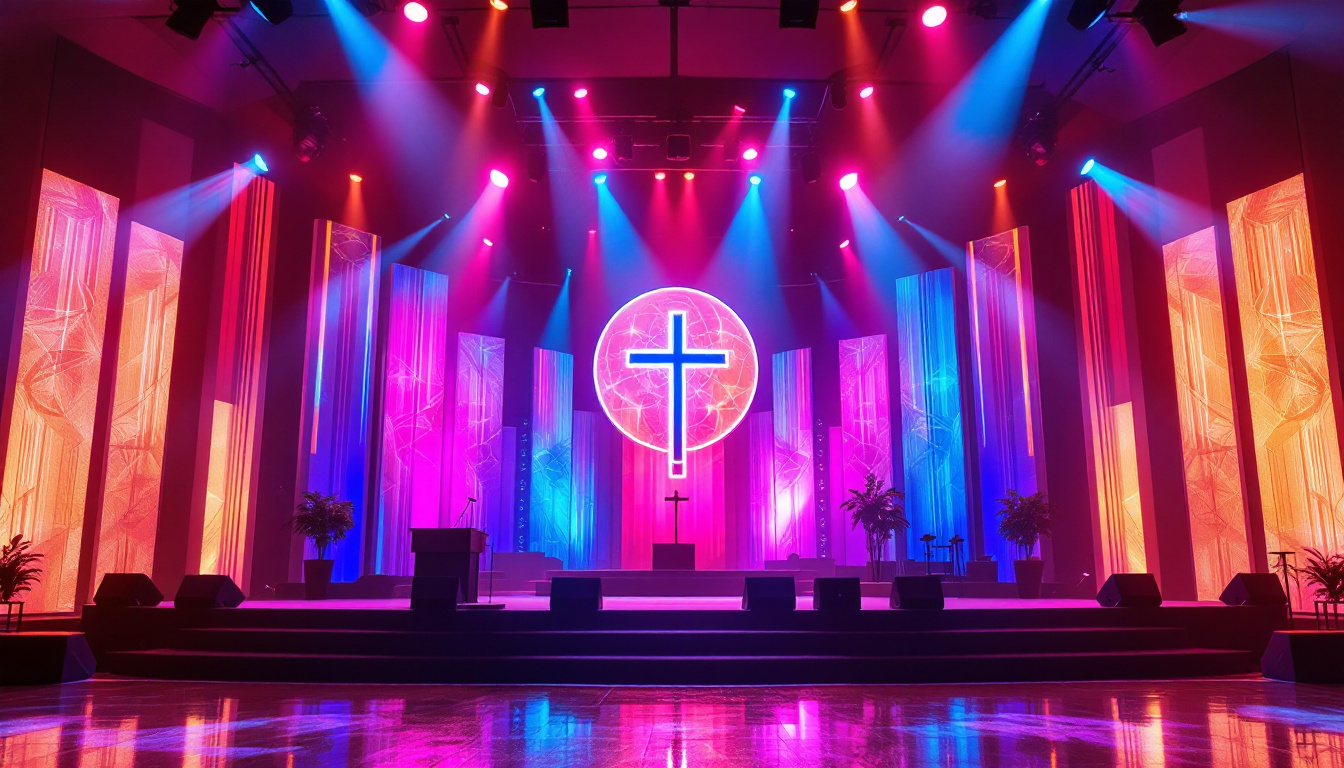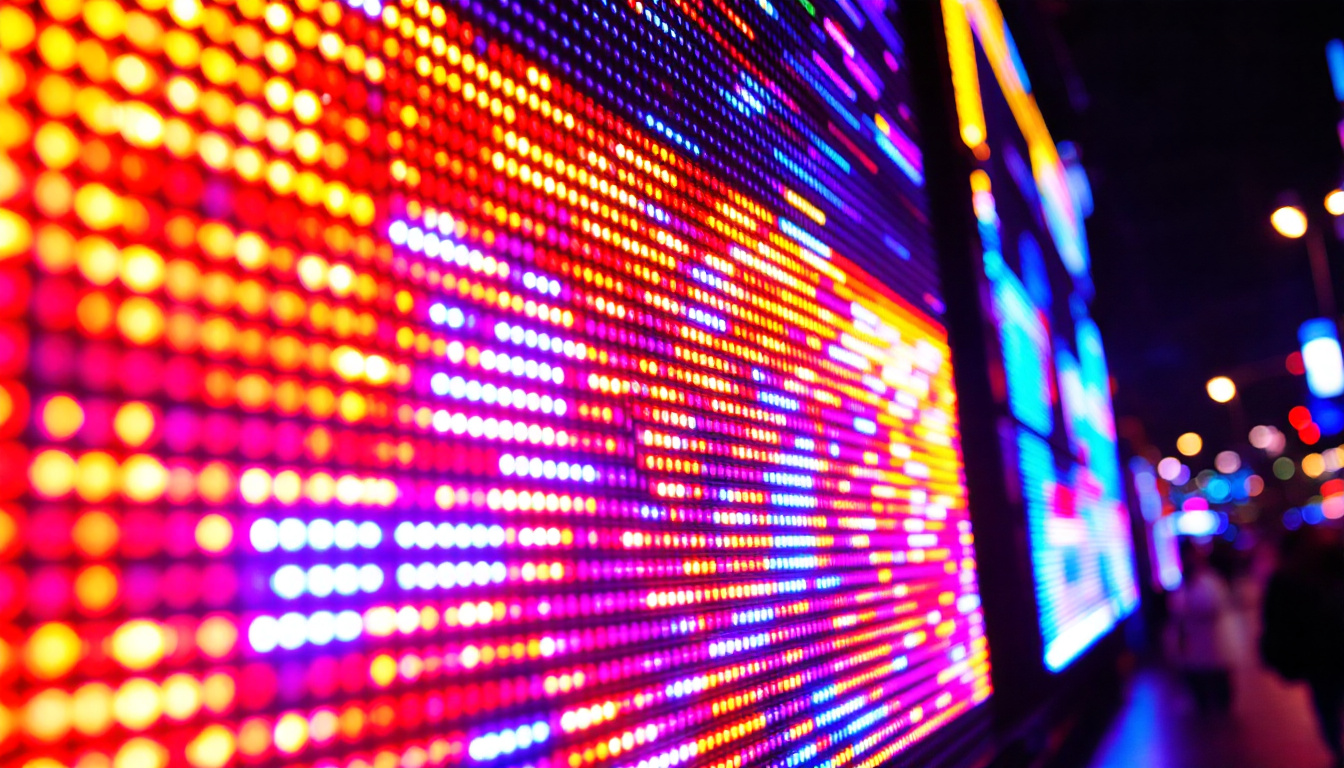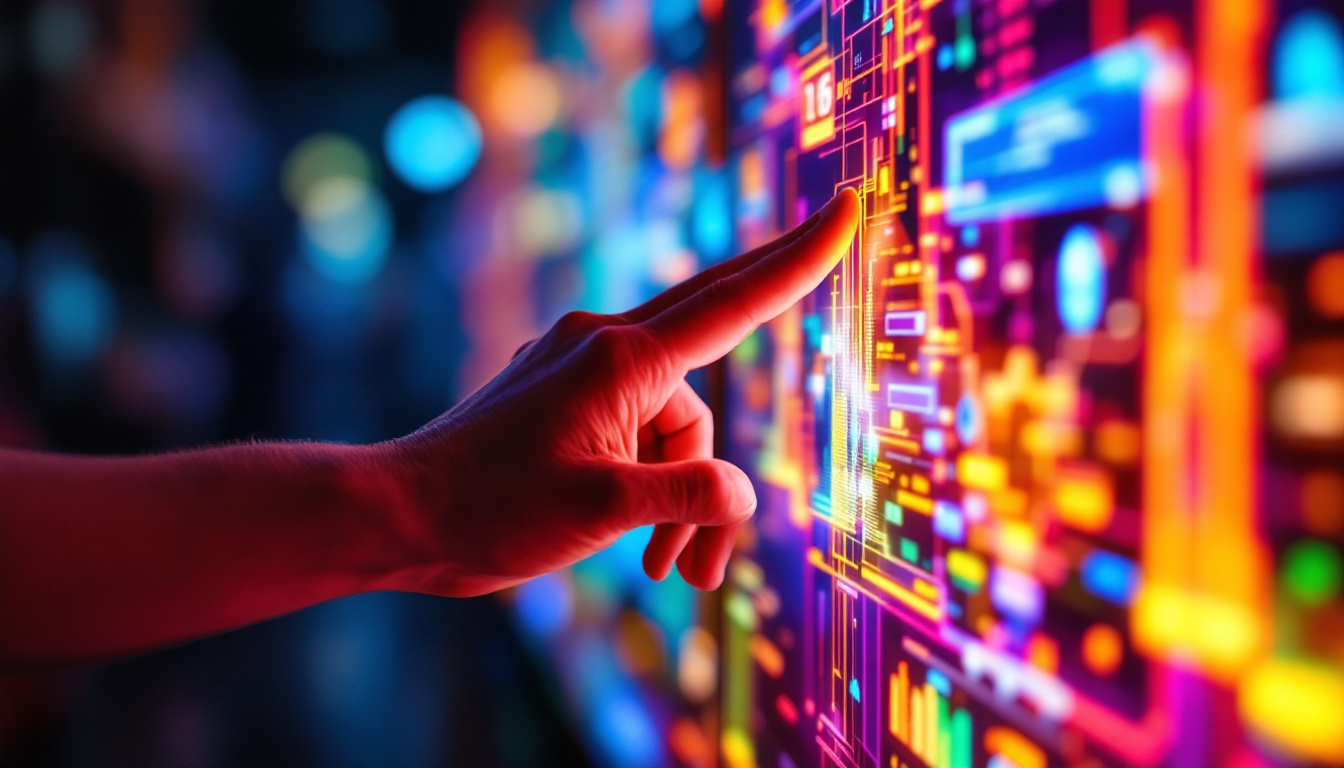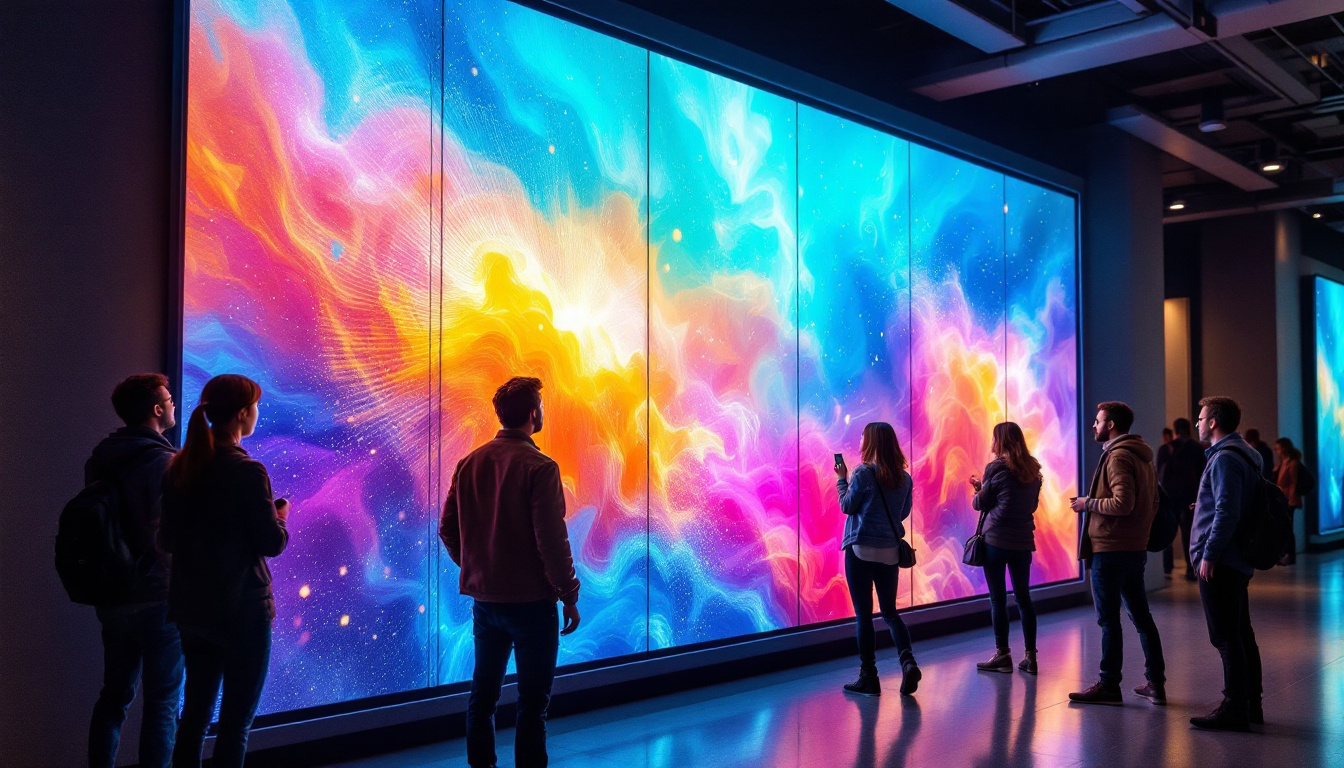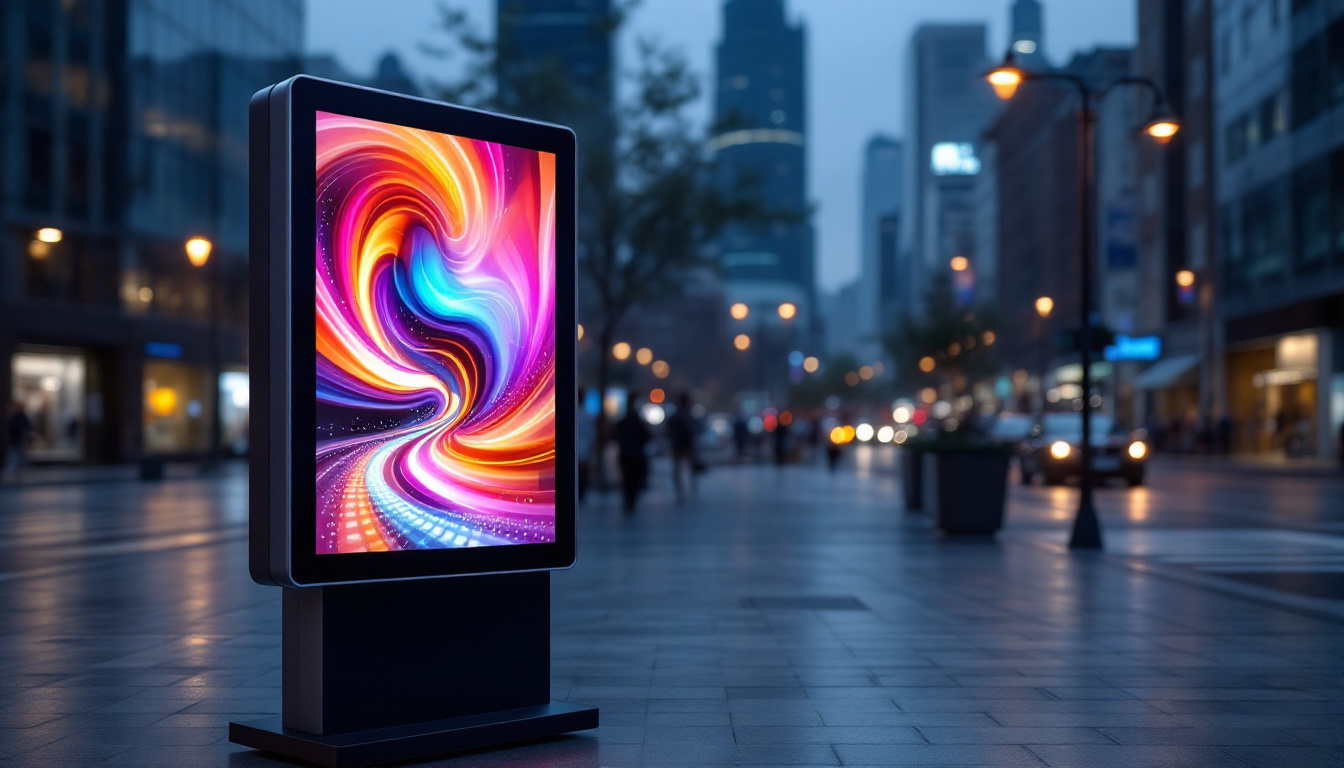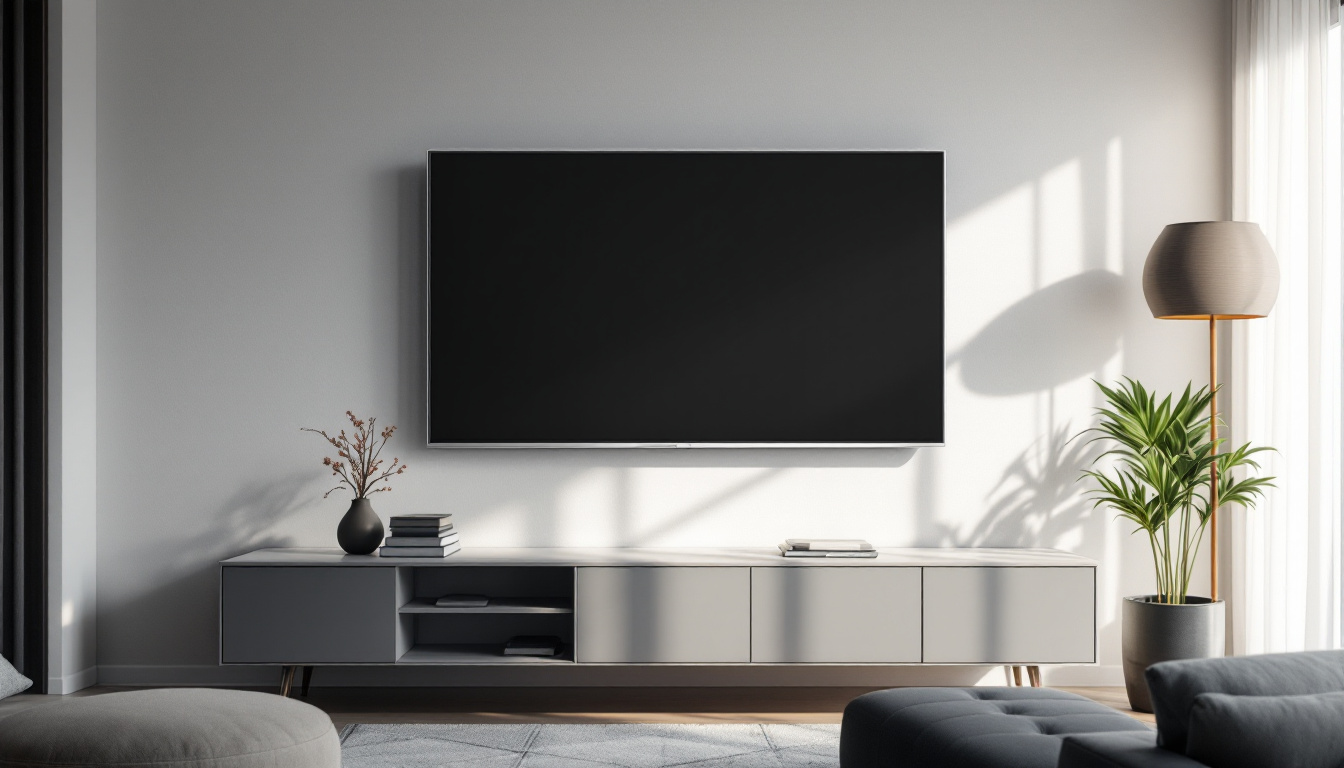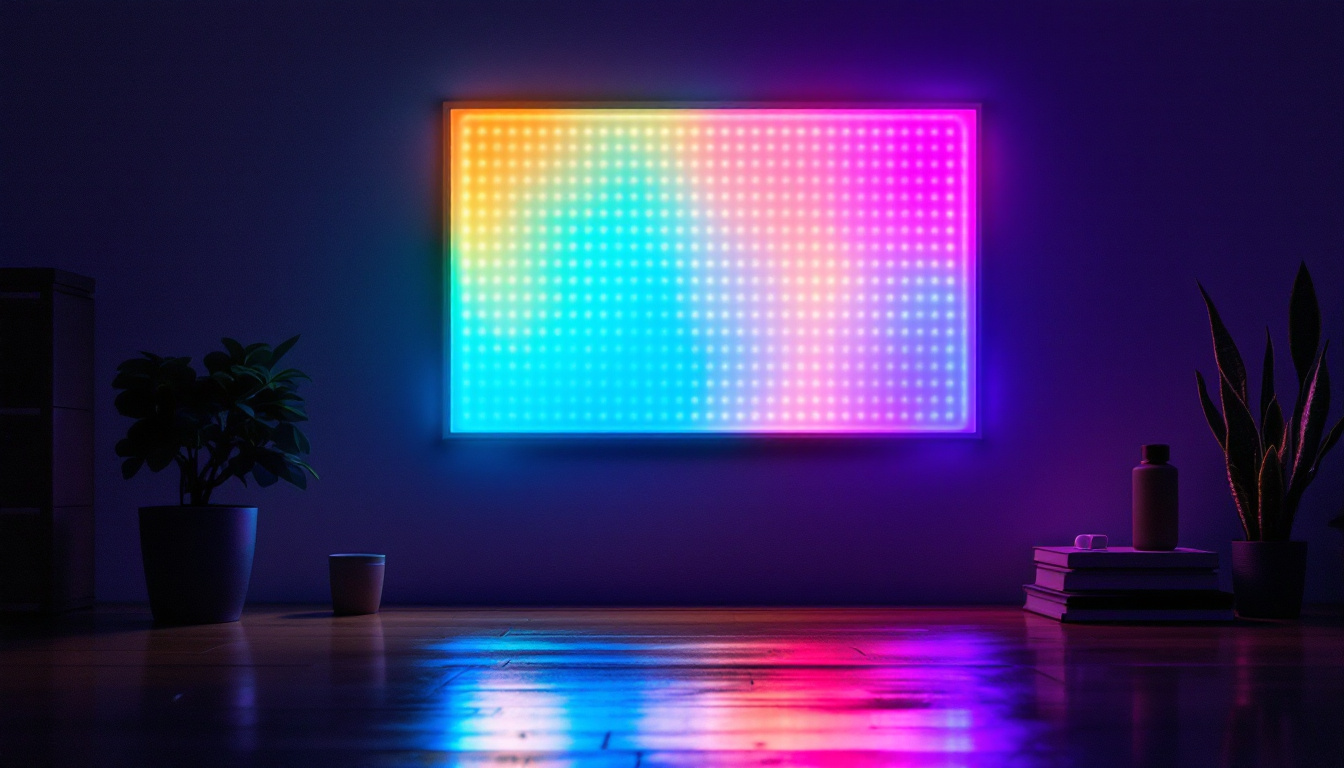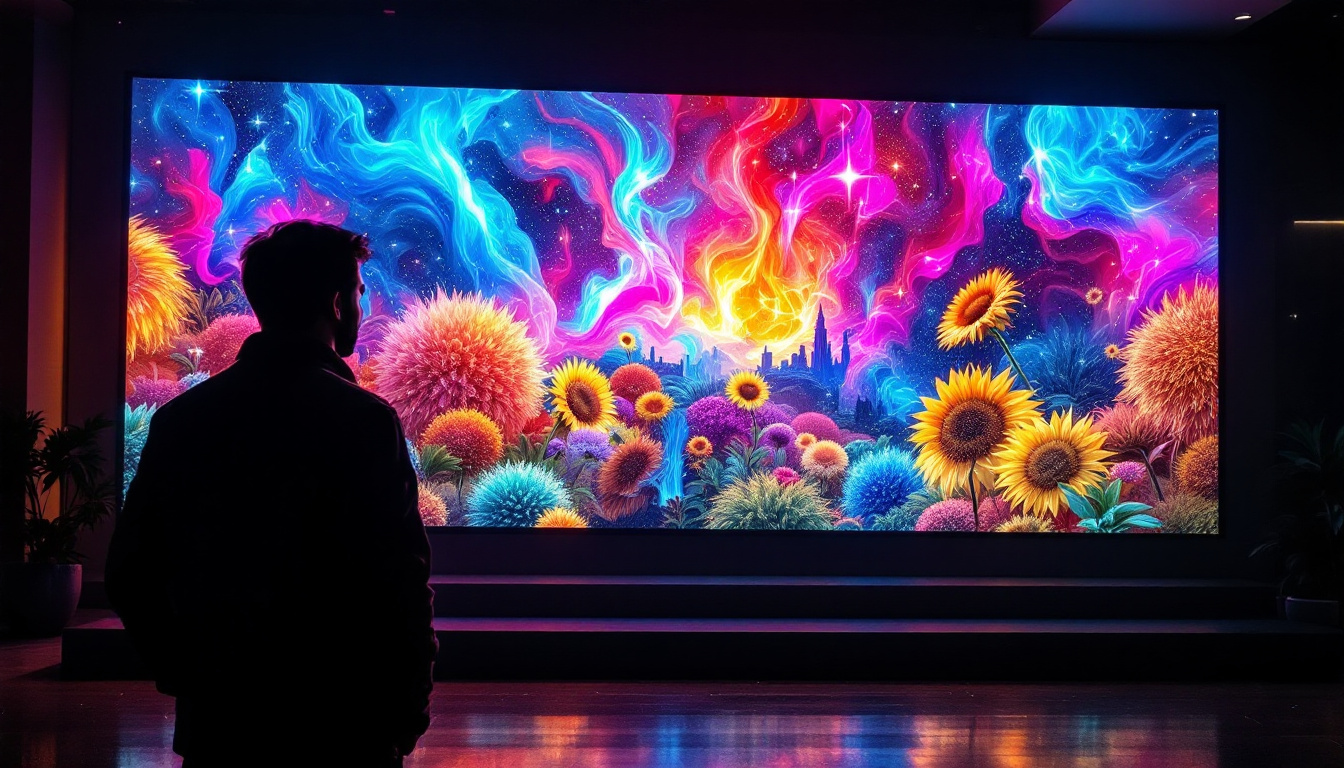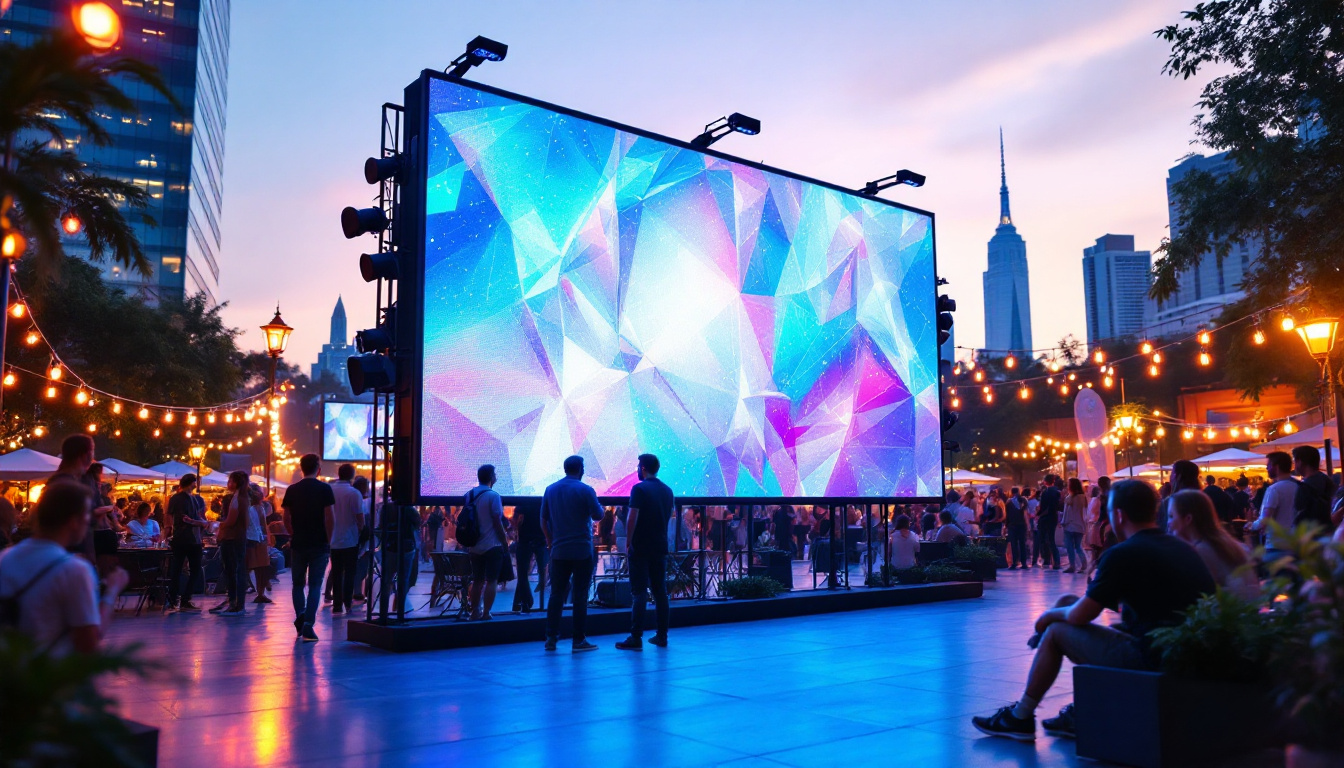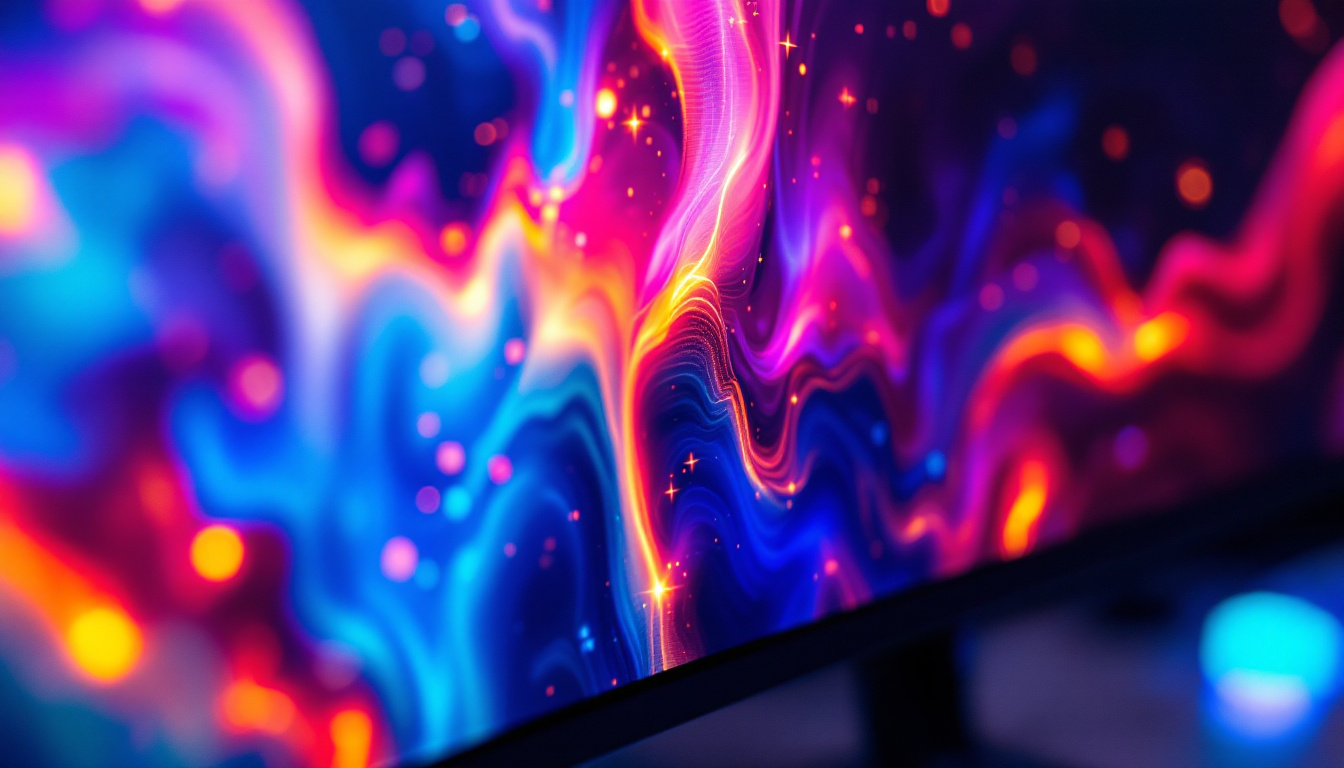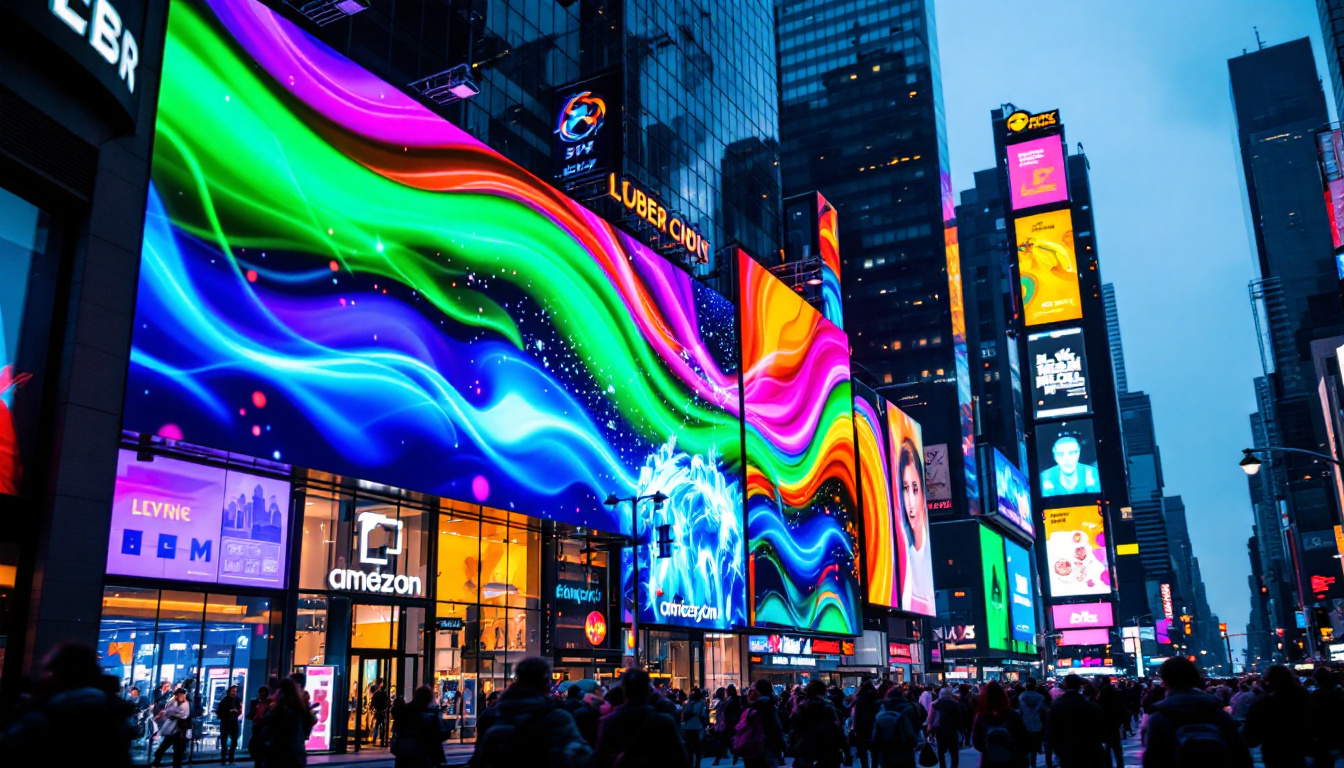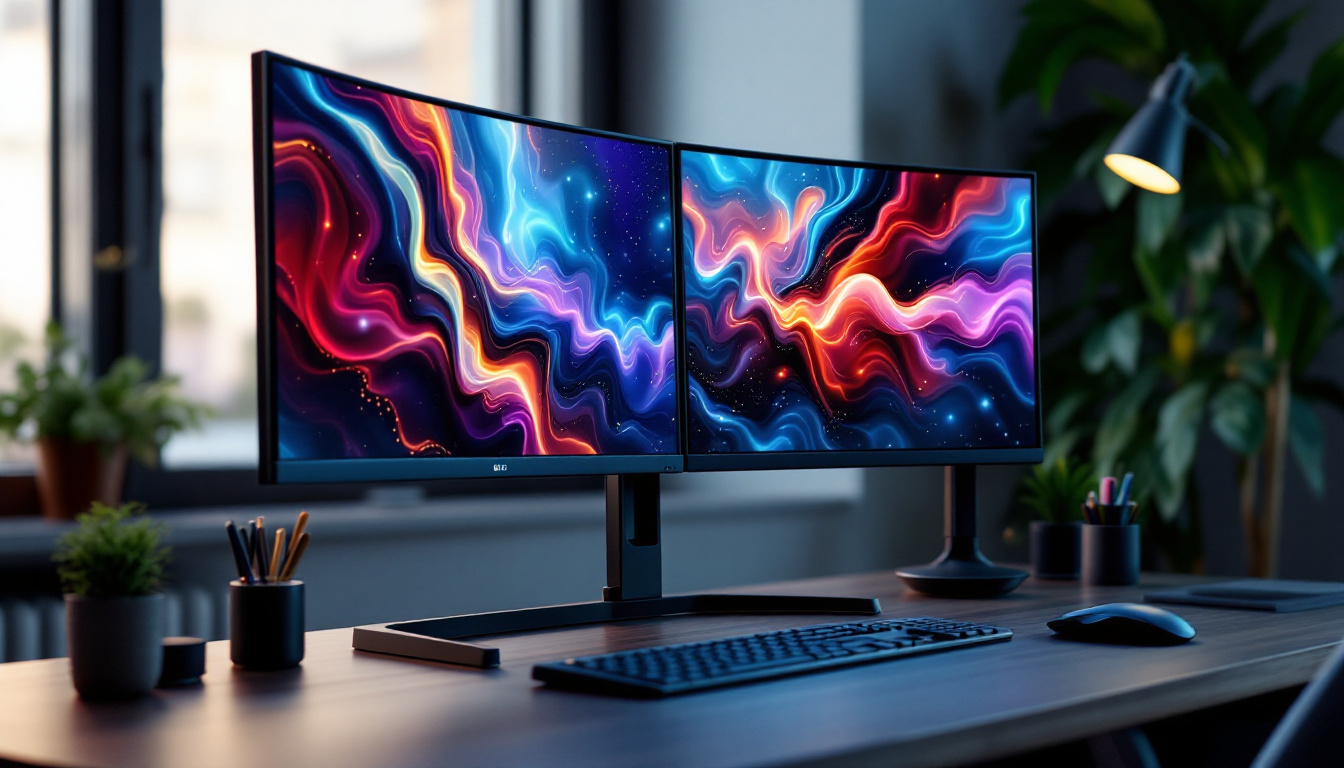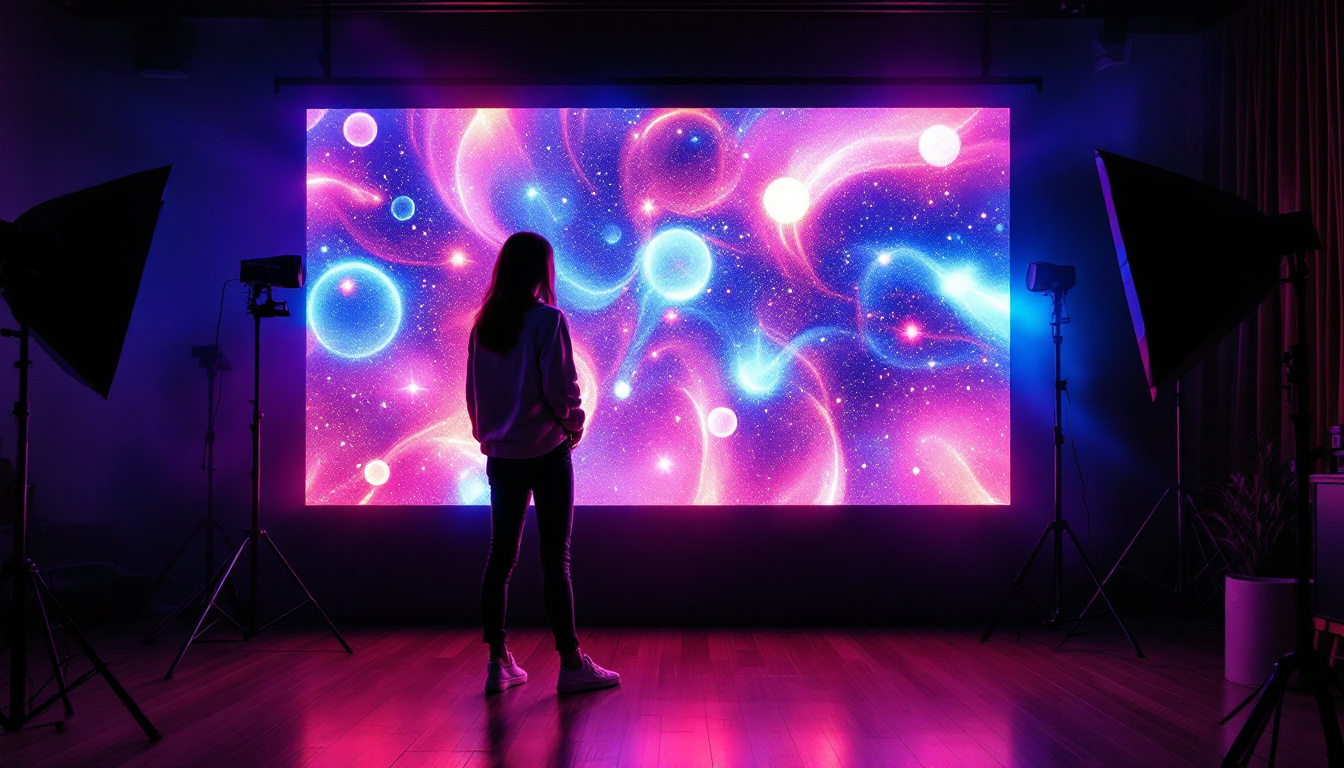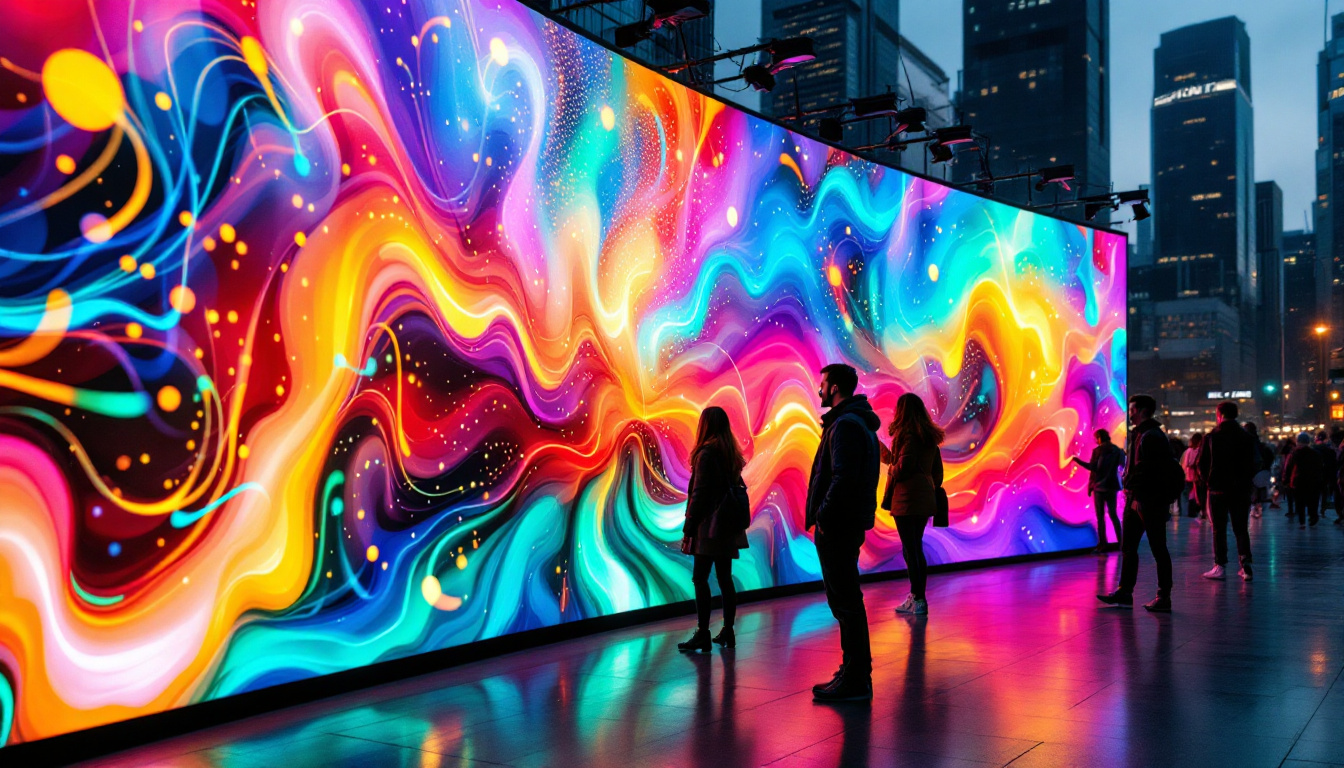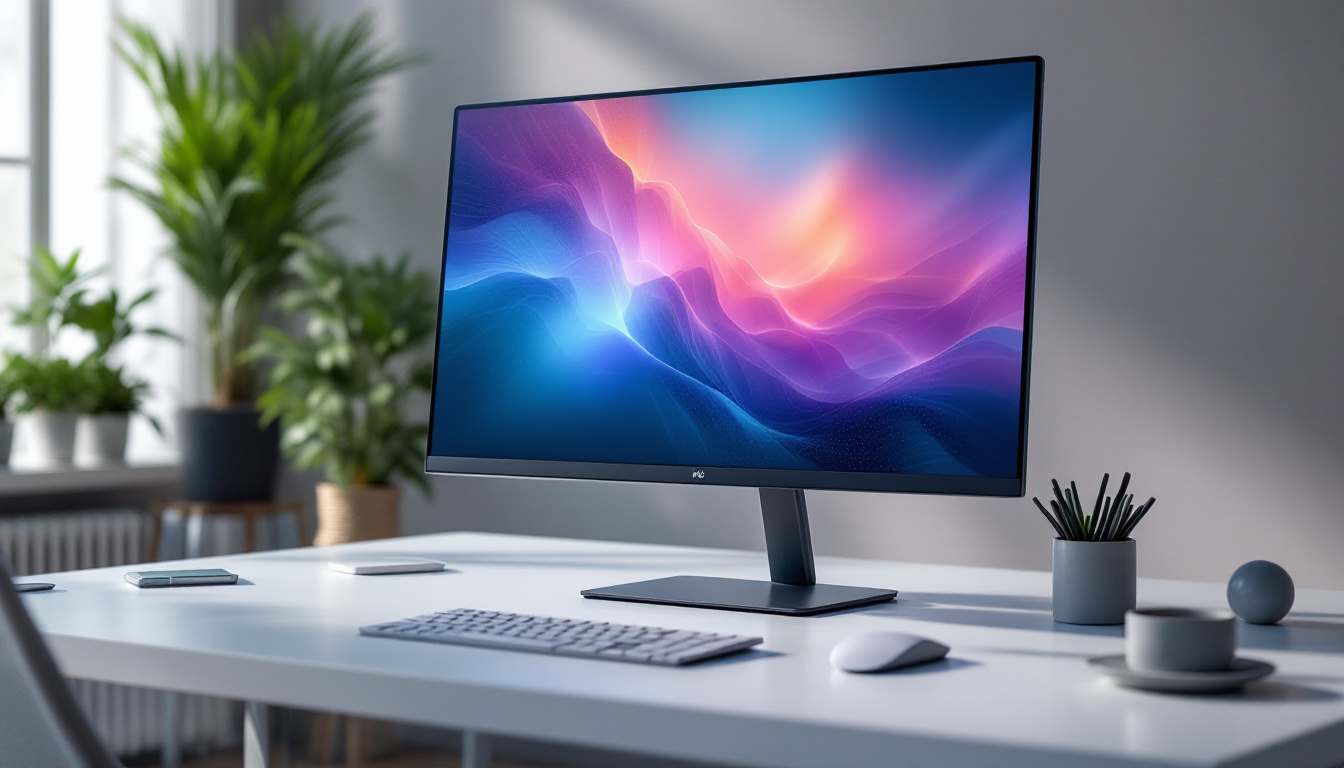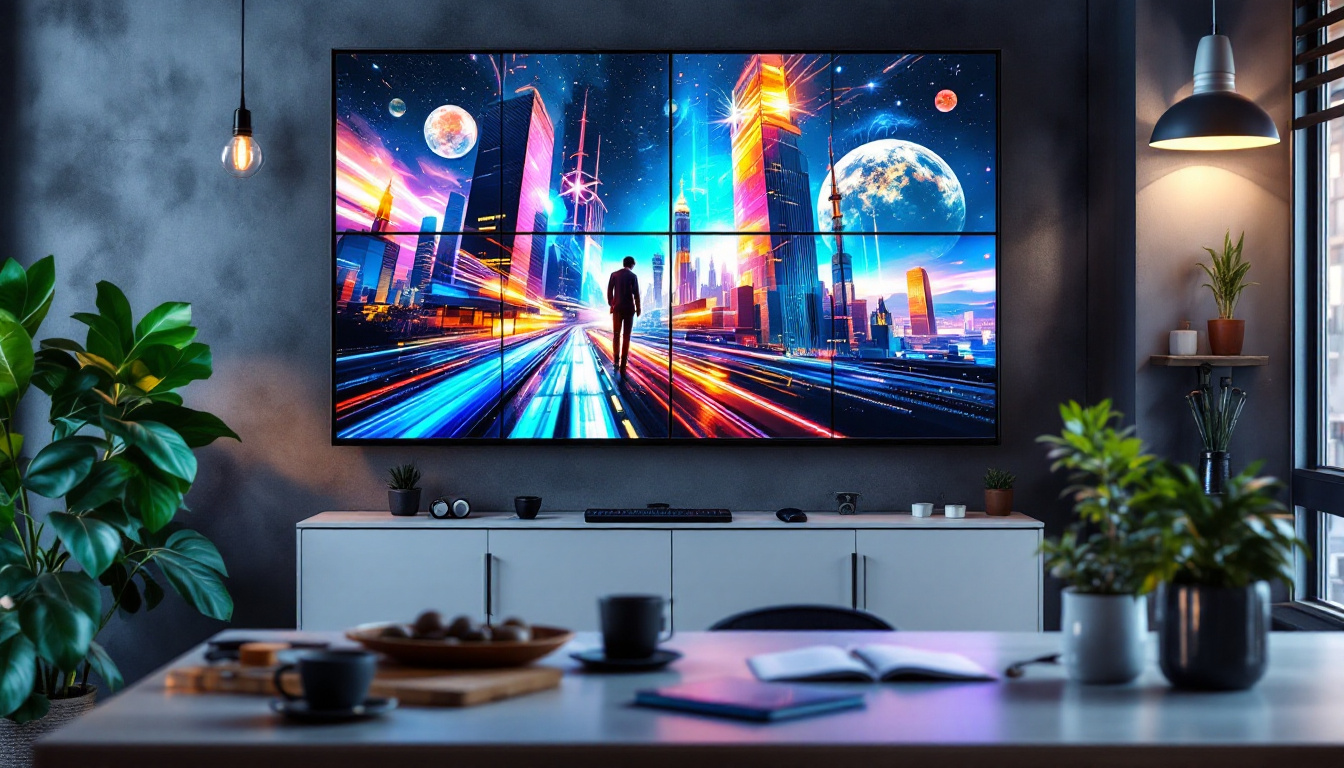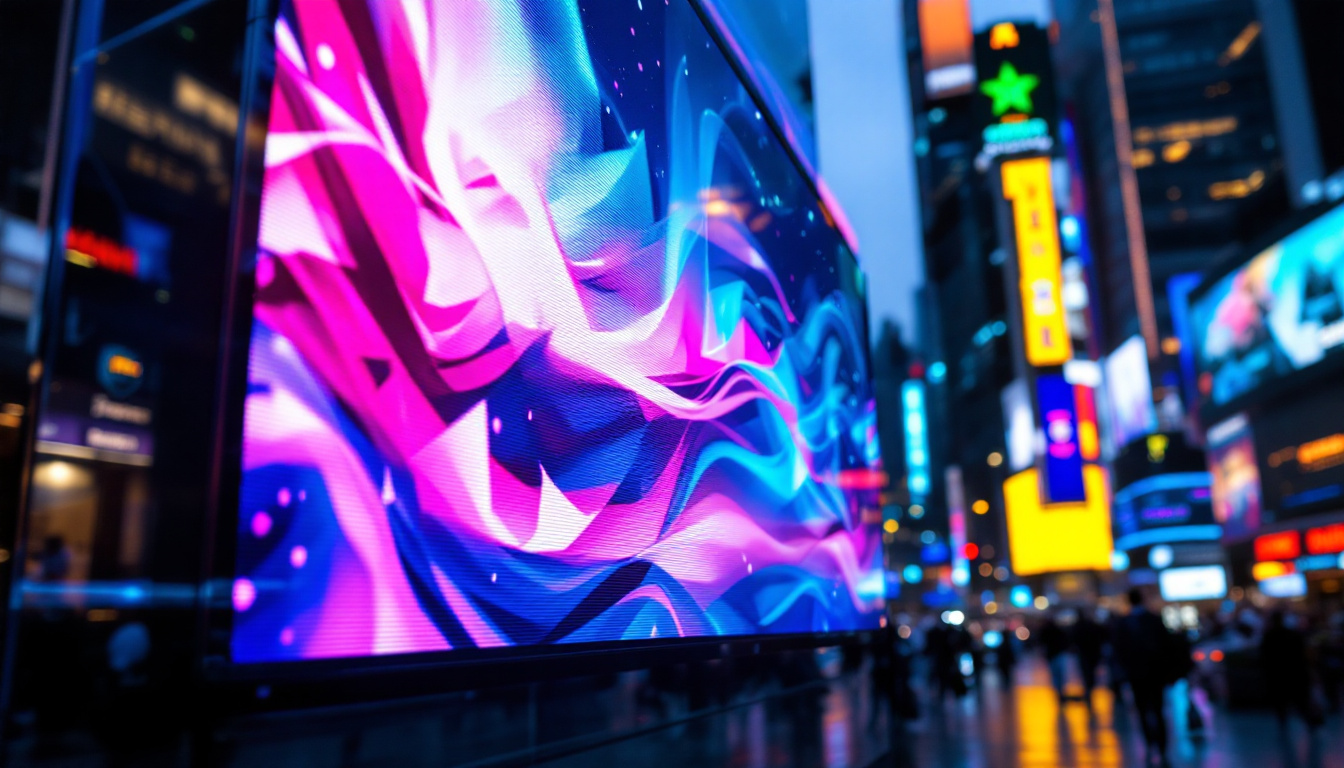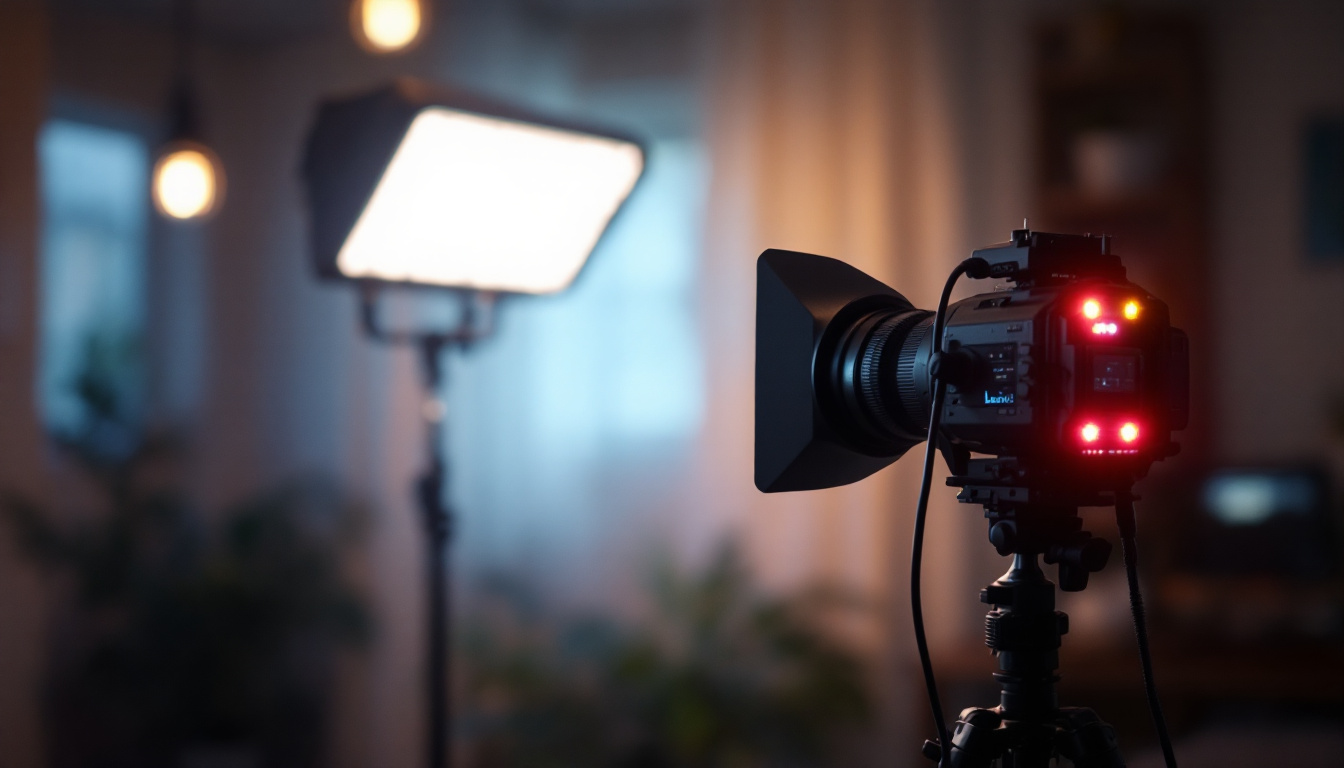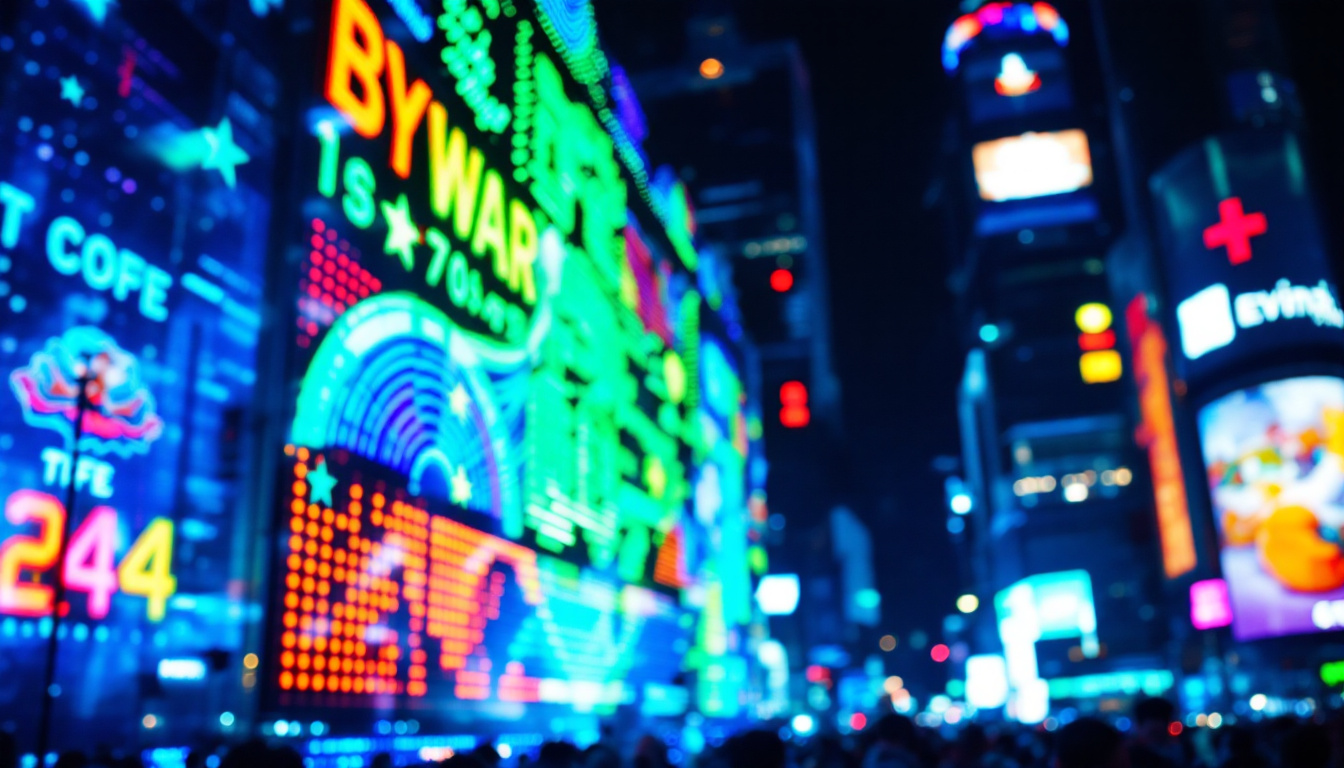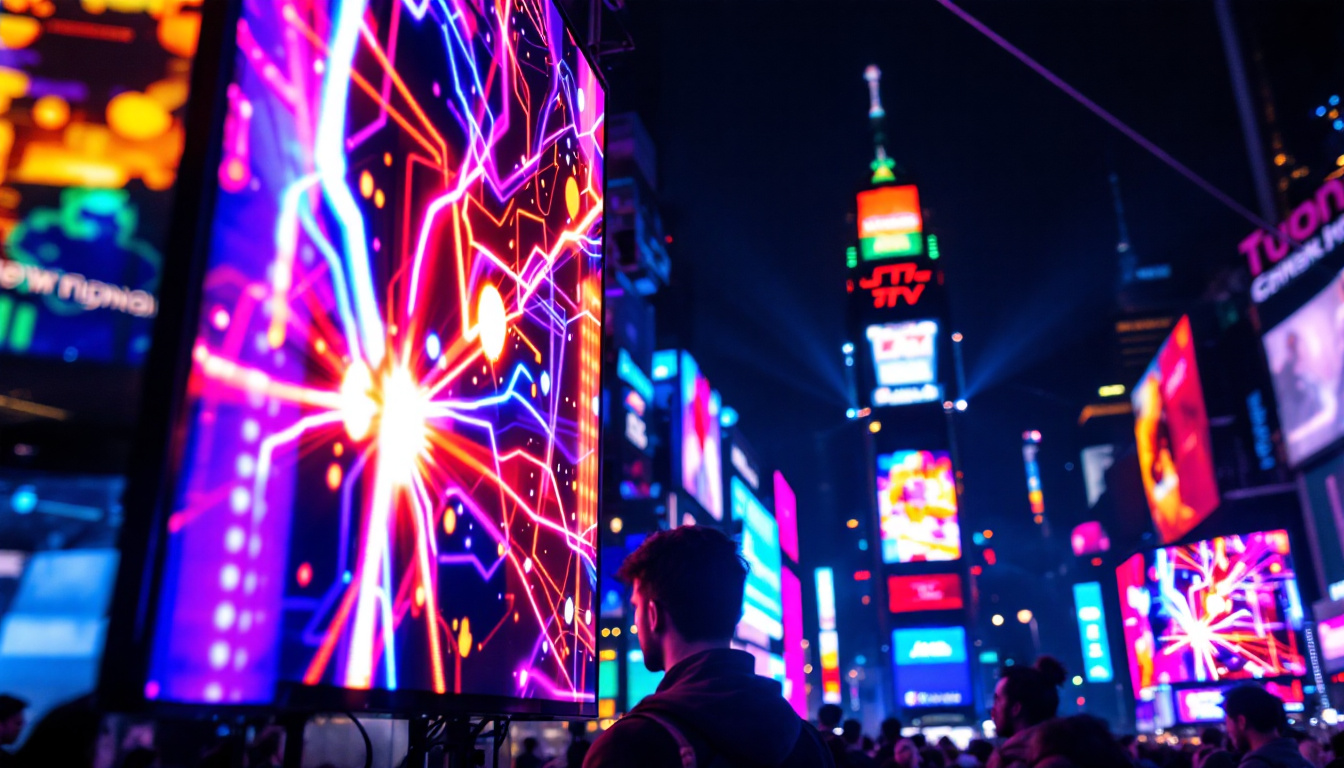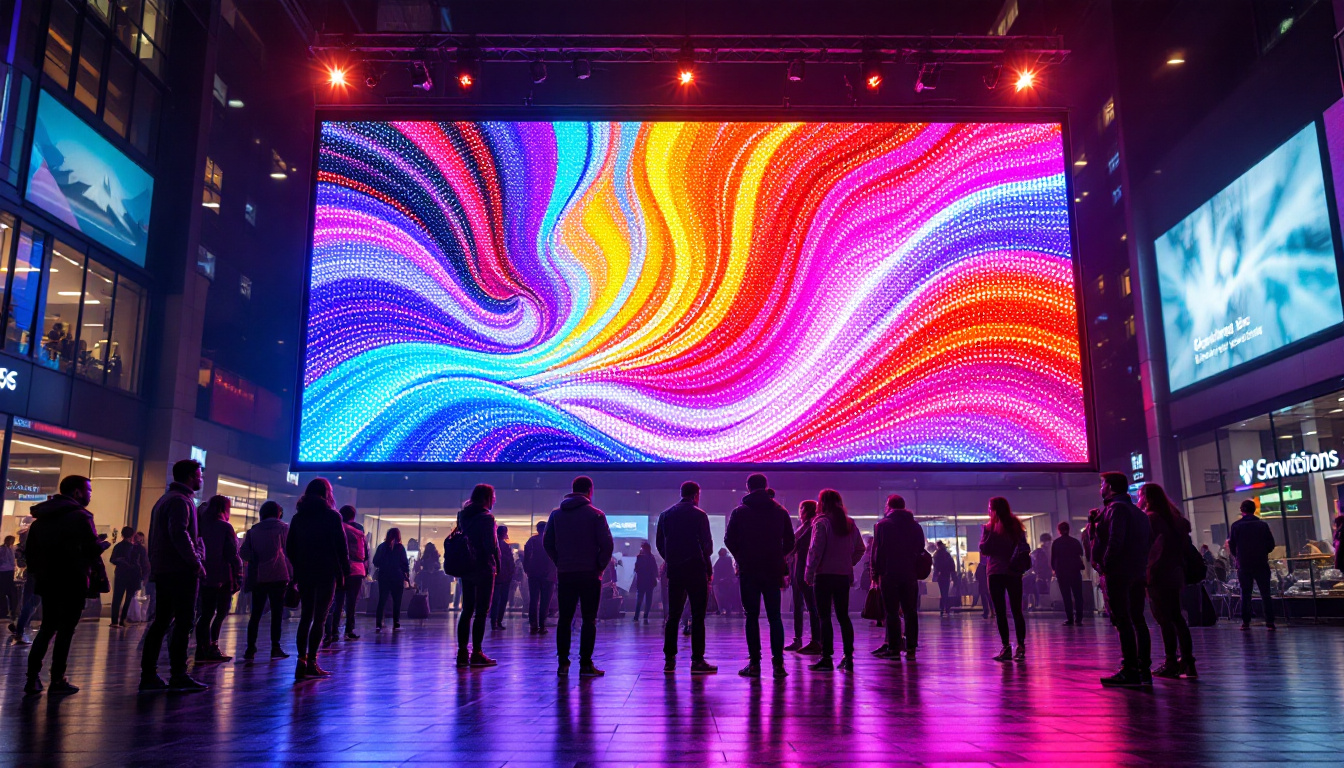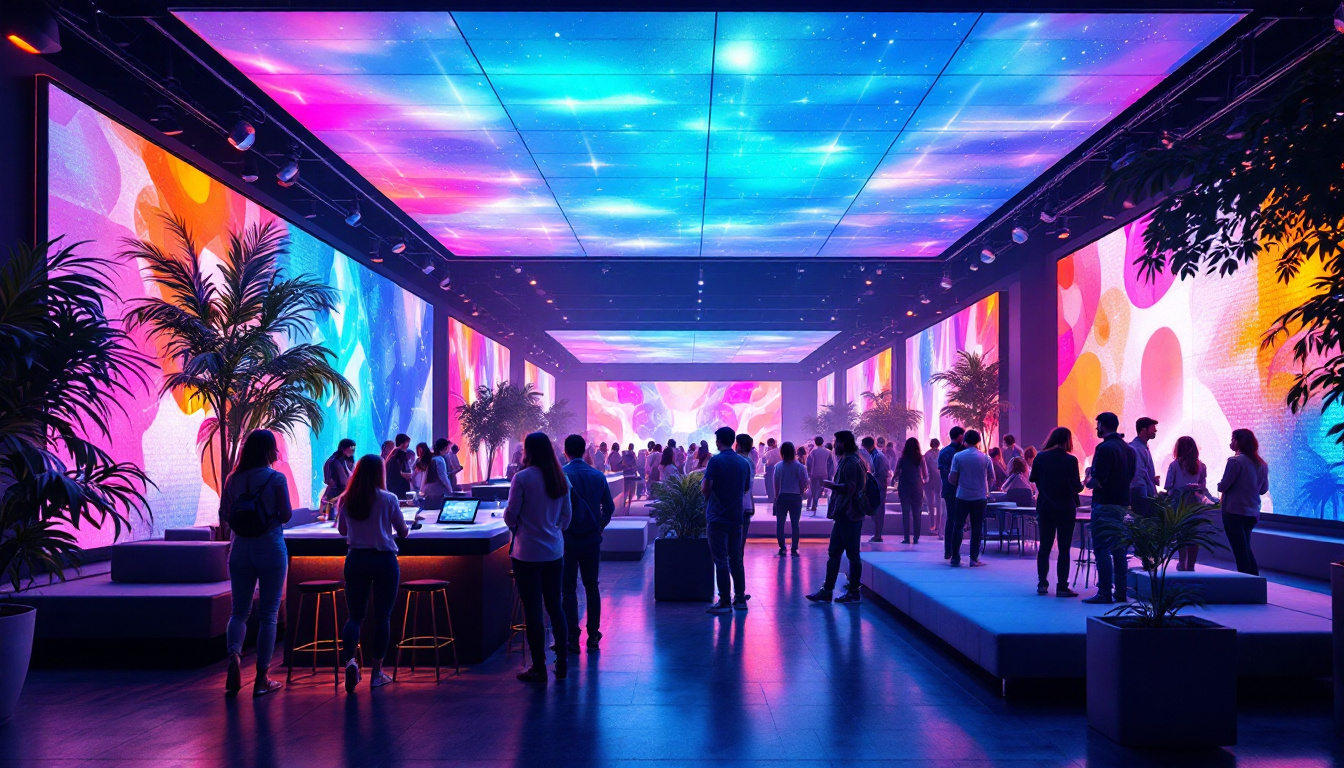In an age where technology is omnipresent, understanding the energy consumption of our devices has become increasingly important. Among various display technologies, LED (Light Emitting Diode) displays have gained significant popularity due to their efficiency and vibrant visuals. This article delves into the intricacies of screen power consumption, focusing on LED displays, their operational principles, and how they compare to other technologies.
Understanding LED Technology
LED displays utilize light-emitting diodes to produce images. Unlike traditional LCD screens that require a backlight, LED displays can emit light directly, resulting in higher brightness and contrast levels. This fundamental difference plays a crucial role in their power consumption characteristics.
The Basics of LED Functionality
At the heart of LED technology is the semiconductor material that emits light when an electric current passes through it. This process is known as electroluminescence. The efficiency of this process means that less energy is wasted as heat, making LED displays more energy-efficient compared to their predecessors.
Moreover, LED displays can be designed in various configurations, such as edge-lit and direct-lit. Edge-lit LEDs have a light source along the edges of the screen, while direct-lit LEDs feature a backlight that spans the entire display. Each configuration has its own impact on power consumption and overall performance. For instance, edge-lit displays are often thinner and lighter, making them ideal for wall-mounted installations, while direct-lit displays can provide more uniform brightness across the screen, which is particularly beneficial for larger displays used in commercial settings.
Types of LED Displays
There are several types of LED displays, including OLED (Organic LED), QLED (Quantum Dot LED), and standard LED displays. Each type has its unique characteristics and applications, influencing their power consumption.
- OLED: Known for its exceptional color accuracy and deep blacks, OLED displays consume less power when displaying darker images. However, they can draw more power with bright, vibrant content. This characteristic makes them particularly appealing for cinematic experiences, where the contrast between dark and light scenes can significantly enhance visual storytelling.
- QLED: Utilizing quantum dots, QLED displays enhance color and brightness. They generally consume more power than OLEDs, especially at higher brightness settings. The technology behind QLED allows for a broader color spectrum, making them well-suited for bright environments where vivid colors are essential.
- Standard LED: These displays are widely used in televisions and monitors. Their power consumption varies based on brightness levels and screen size. Standard LED displays are often favored for their affordability and versatility, making them a popular choice for both home and office use.
In addition to these types, advancements in LED technology have led to the emergence of MicroLED displays, which promise even greater efficiency and performance. MicroLEDs consist of tiny, individual LEDs that can create their own light, similar to OLEDs, but without the risk of burn-in. This emerging technology is still in its infancy but holds the potential to revolutionize display technology by combining the best features of OLED and traditional LED displays, offering both superior color accuracy and longevity.
Furthermore, as the demand for energy-efficient solutions continues to rise, manufacturers are increasingly focusing on improving the sustainability of LED technology. Innovations such as recyclable materials and energy-efficient manufacturing processes are being explored to reduce the environmental impact of LED displays. This shift not only benefits consumers through lower energy bills but also contributes to a more sustainable future in electronics, aligning with global efforts to combat climate change.
Power Consumption Metrics
When evaluating the power consumption of LED displays, several metrics come into play. Understanding these metrics is essential for consumers and businesses alike to make informed decisions regarding energy efficiency.
Wattage and Energy Usage
The most straightforward metric for assessing power consumption is wattage, which indicates how much power a display uses at any given moment. This value can vary significantly based on the display size, brightness settings, and content being displayed.
For instance, a 55-inch LED television may consume around 100 to 200 watts, while a larger 75-inch model could use upwards of 300 watts. It’s important to note that these numbers can fluctuate based on the brightness level and the type of content being viewed.
Annual Energy Costs
To put power consumption into perspective, calculating annual energy costs can be very helpful. This involves multiplying the wattage by the number of hours the display is used per day and then converting that into kilowatt-hours (kWh), which is the standard unit of electricity billing.
For example, a 200-watt LED display used for 5 hours a day would consume approximately 365 kWh annually. With the average cost of electricity in the United States hovering around $0.13 per kWh, the annual cost of running this display would be about $47.45. This calculation can help consumers gauge the long-term costs associated with their devices.
Comparative Analysis: LED vs. Other Display Technologies
When considering a new display, it’s crucial to compare LED technology with other options such as LCD, plasma, and CRT (Cathode Ray Tube). Each technology has its strengths and weaknesses in terms of power consumption and performance.
LED vs. LCD
While both LED and LCD technologies are closely related, they differ significantly in power consumption. Traditional LCD displays use fluorescent backlighting, which is less efficient than the direct light emission of LEDs.
LED displays generally consume 20-30% less power than comparable LCDs, especially when displaying darker images. This efficiency is a major reason why LED technology has largely supplanted traditional LCDs in the market.
LED vs. Plasma
Plasma displays were once popular for their superior color reproduction and contrast. However, they are notorious for their high power consumption. A typical plasma screen can consume up to 50% more power than an LED display of the same size.
As a result, LED displays have become the preferred choice for energy-conscious consumers, especially as environmental concerns and energy costs continue to rise.
LED vs. CRT
CRT technology is largely obsolete in today’s market, but it’s worth noting for comparison. CRT displays are bulky and consume a significant amount of power, particularly when compared to modern LED screens.
LED displays are more energy-efficient, lighter, and offer better picture quality, making them the clear winner in this comparison. The transition from CRT to LED has not only improved visual experiences but has also contributed to reduced energy consumption in households and businesses.
Factors Influencing Power Consumption
Several factors can influence the power consumption of LED displays, making it essential to consider these elements when selecting a screen for personal or professional use.
Brightness Settings
One of the most significant factors affecting power consumption is the brightness setting of the display. Higher brightness levels require more power, which can lead to increased energy costs over time.
For optimal energy efficiency, users are encouraged to adjust brightness settings according to their environment. For instance, dimming the screen in darker rooms can substantially reduce power usage without sacrificing viewing quality.
Content Type
The type of content being displayed also plays a crucial role in power consumption. Bright, colorful images and videos will generally require more power than darker, less vibrant content. This is particularly relevant for OLED displays, where power consumption can vary significantly based on the image being shown.
For those looking to minimize energy costs, being mindful of the content type can lead to noticeable savings over time.
Screen Size
Screen size is another critical factor influencing power consumption. Larger displays naturally consume more power than smaller ones due to the increased number of pixels and backlighting required.
When selecting a display, it’s essential to balance size with energy efficiency. While a larger screen may be desirable for cinematic experiences, it’s important to consider the long-term energy costs associated with larger devices.
Energy-Efficient Practices
To maximize the benefits of LED technology, adopting energy-efficient practices can significantly reduce overall power consumption. Here are some strategies to consider:
Utilizing Energy-Saving Modes
Many modern LED displays come equipped with energy-saving modes that automatically adjust brightness and other settings to optimize power consumption. Enabling these features can lead to substantial energy savings without compromising the viewing experience.
Users should familiarize themselves with their display’s settings and take advantage of these features, especially during prolonged use.
Regular Maintenance
Keeping the display clean and well-maintained can also contribute to energy efficiency. Dust and grime can accumulate on screens, affecting brightness and clarity, which may lead users to increase brightness settings unnecessarily.
Regular cleaning and maintenance can help ensure that the display operates efficiently, thus conserving energy.
Smart Scheduling
Implementing a smart scheduling system for usage can further enhance energy efficiency. Turning off displays when not in use or utilizing timers can prevent unnecessary power consumption.
For businesses, employing centralized control systems to manage multiple displays can lead to significant energy savings and cost reductions.
The Future of LED Technology
As technology continues to evolve, the future of LED displays looks promising. Innovations in materials and design are paving the way for even more energy-efficient displays, which could revolutionize the way consumers and businesses approach screen technology.
Advancements in Energy Efficiency
Research and development in LED technology are focused on enhancing energy efficiency without sacrificing performance. New materials, such as microLED and miniLED, are being explored to improve brightness, color accuracy, and power consumption.
These advancements could lead to displays that consume even less power while providing superior visual experiences, making them an attractive option for environmentally conscious consumers.
Integration with Smart Technology
The integration of LED displays with smart technology is also on the rise. Smart displays can adjust their settings based on ambient light conditions and user preferences, optimizing power consumption in real-time.
This level of adaptability not only enhances user experience but also contributes to overall energy savings, making smart LED displays a compelling choice for the future.
Conclusion
Understanding screen power consumption, particularly in LED displays, is essential in today’s technology-driven world. With their superior energy efficiency, vibrant visuals, and decreasing costs, LED displays have become the preferred choice for consumers and businesses alike.
By considering factors such as brightness settings, content type, and screen size, users can maximize the benefits of LED technology while minimizing energy costs. As innovations continue to emerge, the future of LED displays promises even greater efficiency and performance, paving the way for a more sustainable technological landscape.
Explore Cutting-Edge LED Display Solutions
Ready to experience the pinnacle of screen technology with LED displays that offer unmatched energy efficiency and visual impact? Look no further than LumenMatrix, a leader in innovative LED display solutions. From captivating Indoor LED Walls to dynamic Outdoor LED Displays, and from versatile Vehicle LED Displays to engaging LED Sports Displays, LumenMatrix has the perfect solution to elevate your brand and message. Embrace the future of visual communication with our advanced LED modules, designed to create immersive experiences and deliver your content with unparalleled clarity. Check out LumenMatrix LED Display Solutions today and transform the way you connect with your audience.

